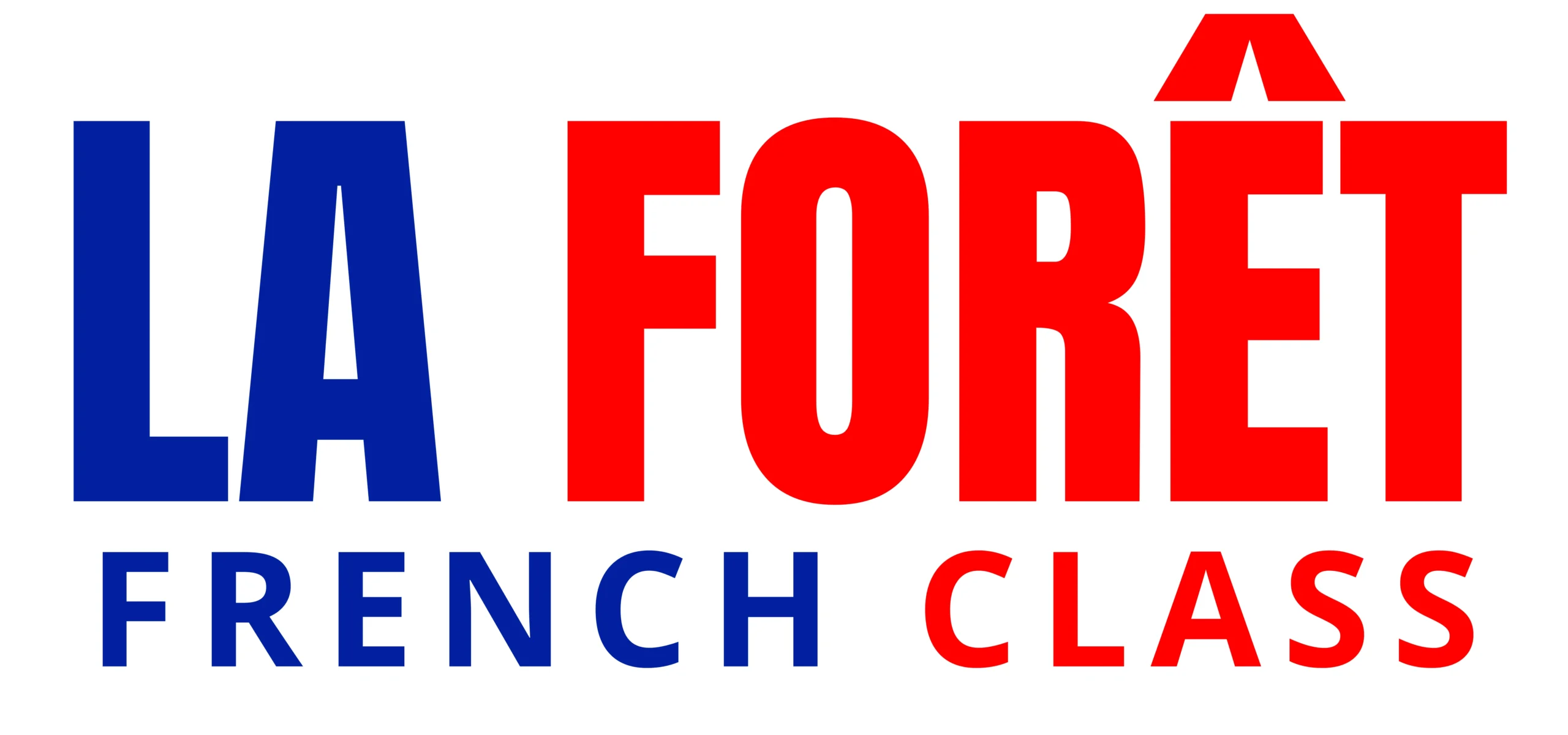There exist approximately 7000 languages all over the world. About half of these languages do not have gender. The English language does not have genders for its nouns as well. In English, we use “it” as a non gendered pronoun. For the French language, there are genders for all nouns. For example, an apple is feminine (la pomme).
Traditionally, in many cultures, there were only two genders: feminine and masculine. Hence, the languages didn’t have gender inclusive pronouns. But as the world progresses, the languages evolve too. In this article we will look at the evolution of gender inclusivity in French.
Evolution of Gender Neutral Language
Gender neutral language owes its emergence to the changes in society. Normally, the default gender in many languages is masculine. For example, in french, we say “il fait 20 degrés” (it is 20 degrees). If we do not know the gender of the doer of the sentence, normally by default, it is considered to be masculine by many users.
Due to feminist movements, this practice has been changing. Recently, “they” has been increasingly accepted by English language users. The gender-neutral pronoun “iel” (a blend of “il” and “elle”) has gained traction, along with inclusive writing practices that combine masculine and feminine forms (e.g., “étudiant.e.s” for “students”).
The Académie Française, France’s official authority on the French language, has been slower to accept these changes, leading to ongoing debates.
For a deeper understanding of French grammar, explore our detailed guide on French pronouns to enhance your skills.
Challenges with Gendered Language in French
Like many romance languages, French has 2 genders. With the newer concepts and acceptance of them, some aspects of languages must develop too. French, having two genders only, faces a problem of “not being inclusive” of all. Moreover, when everything has a gender, it is a bit difficult to introduce a third gender.
Having genders imposes a gender stereotype, which reinforces gender bias. This also makes the language a bit inflexible and can sometimes lead to negative effect on the user, ultimately (rarely) causing psychological issues.
Understanding Subject Pronouns in French is essential for building sentences effectively.
Emergence of Gender-neutral Pronouns
In 2024, we have developed a lot and there is growing recognition and acceptance of gender-neutral pronouns worldwide. Recently, French speaking communities have started to modify their language to be more inclusive. For example, “les étudiant.e.s sont curieux.euses.” Here, curieux is the masculine adjective and curieuses is feminine.
Grammar Rules Got You Down?
La Forêt’s tutors simplify grammar so you can speak confidently and accurately.
Popular Gender Neutral Pronouns in French
The French language has recently developed new gender neutral pronouns, which are the combination of “il” and “elle”. It is “iel”
When this pronoun is used with an adjective, both, the feminine and masculine endings of the adjective are added. For example, “intelligent.e” and “curieux.euse”
Following are the related forms of iel:
- Pronoms sujets : iel/iels
“Iel aime lire des livres.” (They love reading books.)
- Pronom COD : lel (LEL)
“Tu as vu lel hier?” (Did you see them yesterday?)
- Adjectifs possessifs : ses
“Iel a oublié ses clés.” (They forgot their keys.)
- Pronom possessifs : leur/leurs
“C’est leur livre.” (That is their book.)
- Pronom reflexive : se/soi
“Iel se prépare pour le travail.” (They are getting ready for work.)
The use of “iel” and its variations is still evolving and may not be widely recognized in all French-speaking regions. It’s most common in progressive and LGBTQ+ communities.
Acceptance and Challenges
It feels quite heartwarming to know about these pronouns, doesn’t it? In a perfect world, there is nothing unacceptable and everyone remains as they are. In a perfect world. Sadly, these pronouns are rarely used. We can see them being used in niche communities like student circles and LGBT communities or some specific groups on social networks where people make bigger efforts. In a normal conversation, people rarely use “iel”.
In 2021, a French court ruled against the use of gender-neutral language in official documents, claiming it would complicate communication and administration. This decision highlights the ongoing tension between progressive language reforms and traditional institutions. Source
Conclusion
As we witness the evolving landscape of gender inclusivity in the French language, we are reminded of the profound impact that language has on our perception of identity and society. Will the growing acceptance of gender-neutral pronouns and inclusive language practices lead to a new era of equality and understanding, or will the resistance from traditional institutions and conservative communities hinder progress?
Understanding French possessive pronouns is essential for improving your grammar. Visit our detailed guide to learn how to use them correctly.
The future trajectory of gender inclusivity in the French language challenges us to consider: How can we balance respect for linguistic heritage with the need for a language that truly reflects and embraces the diversity of all its speakers?
For more such insightful content check our blogs!
Frequently Asked Questions
Q: How to guess gender in French?
Ans: Gender, in most cases, cannot be guessed. There are a few hints.
-elle/-ette: words ending with -ette and -elle are usually feminine. For example : la cigarette and la gamelle
-e : many words that end with e are feminine, but this can be dangerous as there are a lot of masculine words ending with e. For example : une pomme, un arbre.
Q: What are the French LGBTQ pronouns?
Ans: “iel” is a gender neutral pronoun in french. It is a combination of il (he) and elle (she).
Q: What is an example of gender in French?
Ans: There are two genders In French. Feminine and masculine.
Q: How do you use neutral pronouns in a sentence?
Ans: “Iel” is a combination of “il” (he) and “elle” (she) and is used as a neutral pronoun. We can use this pronoun for a gender neutral sentence. For example, “Iel est intelligent.e.” (They are intelligent.)





